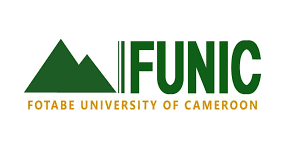The Trend of Peri-Urban Land Use Change in Small and Medium Sized Urban Areas. A Case of Kimilili Town, Bungoma County, Kenya
Keywords:
GIS, Kimilili Town, Land Use Change, Peri-Urban, Remote SensingAbstract
The purpose of this study was to determine patterns in land use change in Kimilili peri-urban areas between 1990 and 2020. We got Landsat data for the years 1990, 2000, 2010, and 2020 from the USGS website. Arc GIS version 10 and ERDAS Imagine version 2018 were used for digital image processing and GIS analysis. Imageries for the following land use groups were obtained using supervised classification using the Maximum Likelihood classification algorithm: built-up area, agricultural land, dense vegetation, and bare terrain. Ground truthing was done in order to get the required reference information. An accuracy assessment was conducted using Google maps at various periods of the year for the LULC maps from 1990, 2000, 2010, and 2020. Change detection analysis was used to carry out land use conversions between the research intervals. The land use types were categorized based on their respective areas, measured in hectares. Over a 30-year period, a notable 16.6% growth in built-up area was seen overall. Additional findings revealed a 16.7% decrease in agricultural land. According to the study, there were notable changes in land usage between 1990 and 2020. Enforcing management standards is necessary in order to maintain control over urban expansion.
Published
How to Cite
Issue
Section
Copyright (c) 2023 James Kwemoi Kimtai, Dr. Joash W.S. Mabonga, Nalyanya Wasike

This work is licensed under a Creative Commons Attribution-NonCommercial 4.0 International License.
Most read articles by the same author(s)
- James Kwemoi Kimtai, Joash W.S. Mabonga, Nalyanya Wasike, Urban Proximity and Its Influence on Peri Urban Land Use Pattern: A Case of Kimilili Town, Bungoma County, Kenya , African Journal of Empirical Research: Vol. 4 No. 2 (2023): Jul-Dec 2023























